Improving connectivity and expanding economic and trade cooperation helps two-way turnover increase, making practical contributions to the journey of building a Vietnam-China Community of Shared Future.
 |
| The Vietnam-China train departs from Nanning International Railway Port, Guangxi to Hanoi. (Source: Xinhua) |
Promoting real connections
Since the beginning of 2024, trains have continuously brought chemicals, machinery and equipment, and other products from China to Yen Vien station, Vietnam; and rows of trucks carrying durian and jackfruit from Vietnam have cleared customs to enter the Chinese market; or the Confucius Institute at Hanoi University has recorded a record number of participants in the Chinese proficiency test... showing that Vietnam-China cooperation is becoming more and more substantial.
During the talks between General Secretary and President To Lam and General Secretary and President of China Xi Jinping, the two sides emphasized the importance of strengthening and promoting substantive cooperation areas. Accordingly, the two sides agreed to continue promoting economic, trade and investment cooperation, including promoting the connection of “two corridors, one belt” with the “Belt and Road”, enhancing the connection of railway and road infrastructure, enhancing supply chain cooperation, economic cooperation between border provinces, and enhancing exchanges on state-owned enterprise reform.
After the talks, the two leaders witnessed the signing of cooperation documents between the two countries' departments, ministries, branches and localities during the visit in the fields of party school cooperation, agricultural product import and export, radio and television broadcasting, press and communication, healthcare, infrastructure, trade and economic development, industry, banking, etc.
According to Mr. Co Trieu Khanh, Chairman of the Chinese Business Association in Vietnam, in the first 7 months of this year, Vietnam's fruit and vegetable export turnover to China has continuously increased; cooperation in areas such as machinery and equipment, electronic products has also become increasingly closer. At the same time, the billion-people country ranks first in the number of new investment projects in Vietnam, demonstrating the interest of Chinese enterprises in the Vietnamese market. These projects create jobs for industrial parks in Bac Giang, Bac Ninh, Binh Duong and many other localities in the S-shaped country.
In addition, China has maintained its position as Vietnam's largest trading partner for many years. Meanwhile, Vietnam is China's largest trading partner in ASEAN. Since the beginning of 2024, economic and trade cooperation between the two countries has developed strongly, with bilateral trade turnover in the first 7 months of 2024 reaching 145 billion USD, an increase of more than 20% over the same period last year.
In the context of the two countries continuously expanding the fields of cooperation as well as the continuous emergence of bright spots of growth, cross-border freight transport between Vietnam and China remains at a high level. According to statistics, as of August 18, the cross-border transport route departing from Guangxi transported a total of 7,850 containers, an increase of 15 times compared to the same period last year.
At Thiet Giai Logistics Co., Ltd. in Guangxi, which specializes in exporting products such as auto parts and ceramic capacitors to Vietnam via the Vietnam-China transportation route, Mr. Hoang Hong Tuan, the company's business manager, said that this transportation route is convenient, fast with low transportation costs, helping to improve product competitiveness and create many opportunities to expand the international market.
At the end of July 2024, TCL technology group (China) celebrated 25 years of stepping into the world and Vietnam was the first stop in this technology giant's global campaign.
Mr. Ly Dong Sinh, founder and Chairman of TCL Group, said that while meeting the needs of the Vietnamese and ASEAN markets, TCL plans to continue integrating resources in Vietnam, building a regional production center and supply chain capable of serving the Southeast Asian market, and even the European and American markets.
 |
| Lang Son and Nanning (China) customs agencies exchanged experiences in building digital customs – a stepping stone towards building a smart customs model and smart border gates. (Source: Online Customs) |
Smart connection to reap the "sweet fruit"
Vietnam is currently in the peak harvest season for fruits such as jackfruit and durian. Ms. Chu Tien Ha, a sales staff of Thang Hanh Import Export Co., Ltd. in Guangxi, said that the company is currently importing one to two containers of jackfruit and dozens of containers of Vietnamese durian through Huu Nghi border gate every day.
This border gate has witnessed rapid growth in the export of Vietnamese agricultural products to China since the beginning of 2024. In particular, the appearance of Vietnamese fruits has enriched the Chinese consumer market, while the potential from the billion-people market has also brought great benefits to Vietnamese suppliers.
According to statistics, in the first 7 months of this year, Vietnam's fruit and vegetable export turnover to China reached 2.1 billion USD, accounting for 64% of Vietnam's total fruit and vegetable export turnover. Of which, Vietnam's durian export turnover to China reached 1.22 billion USD, up 46% over the same period last year, accounting for 92.4% of Vietnam's total durian export turnover.
Behind the “win-win” is the support from inspection and quarantine policies and trade facilitation measures. At Huu Nghi border gate, through the “Smart Inspection Management and Support System” and digitalization methods, it helps to reduce waiting time for goods and improve inspection efficiency; through the “Smart Quarantine Processing System”, the digitalized quarantine process and storage of all data have replaced traditional paper procedures.
Currently, the Vietnam-China smart border gate project is being comprehensively implemented, promoting the development speed of bilateral trade and investment. Mr. Cao Huy, Deputy Director of Huu Nghi Border Gate, said that the smart border gate project is based on satellite positioning technology and 5G, integrating and coordinating unmanned container transportation systems, automatic cranes, container inspection systems and intelligent image assessment systems, aiming at the goal of import and export goods between Vietnam and China being cleared 24/7.



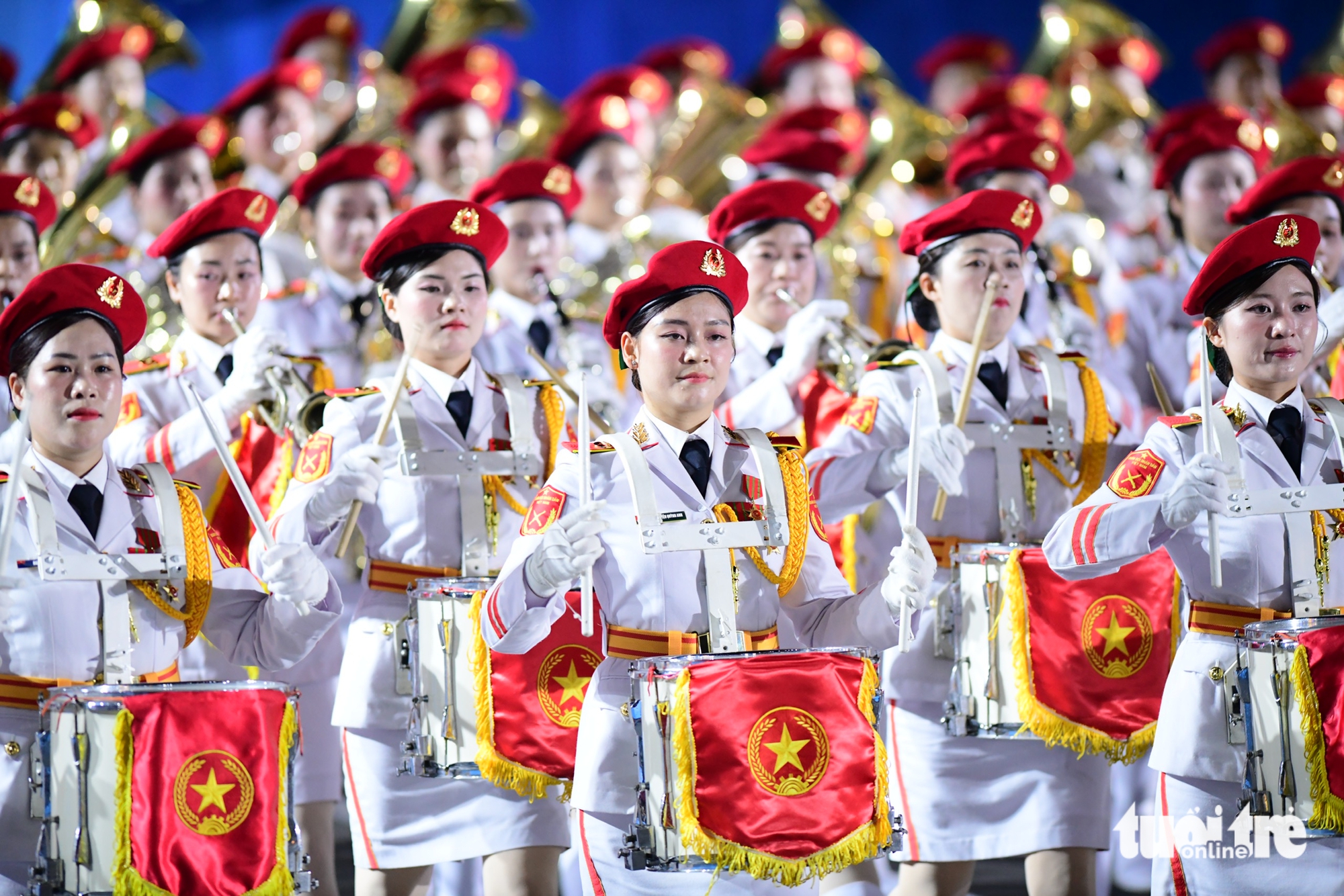

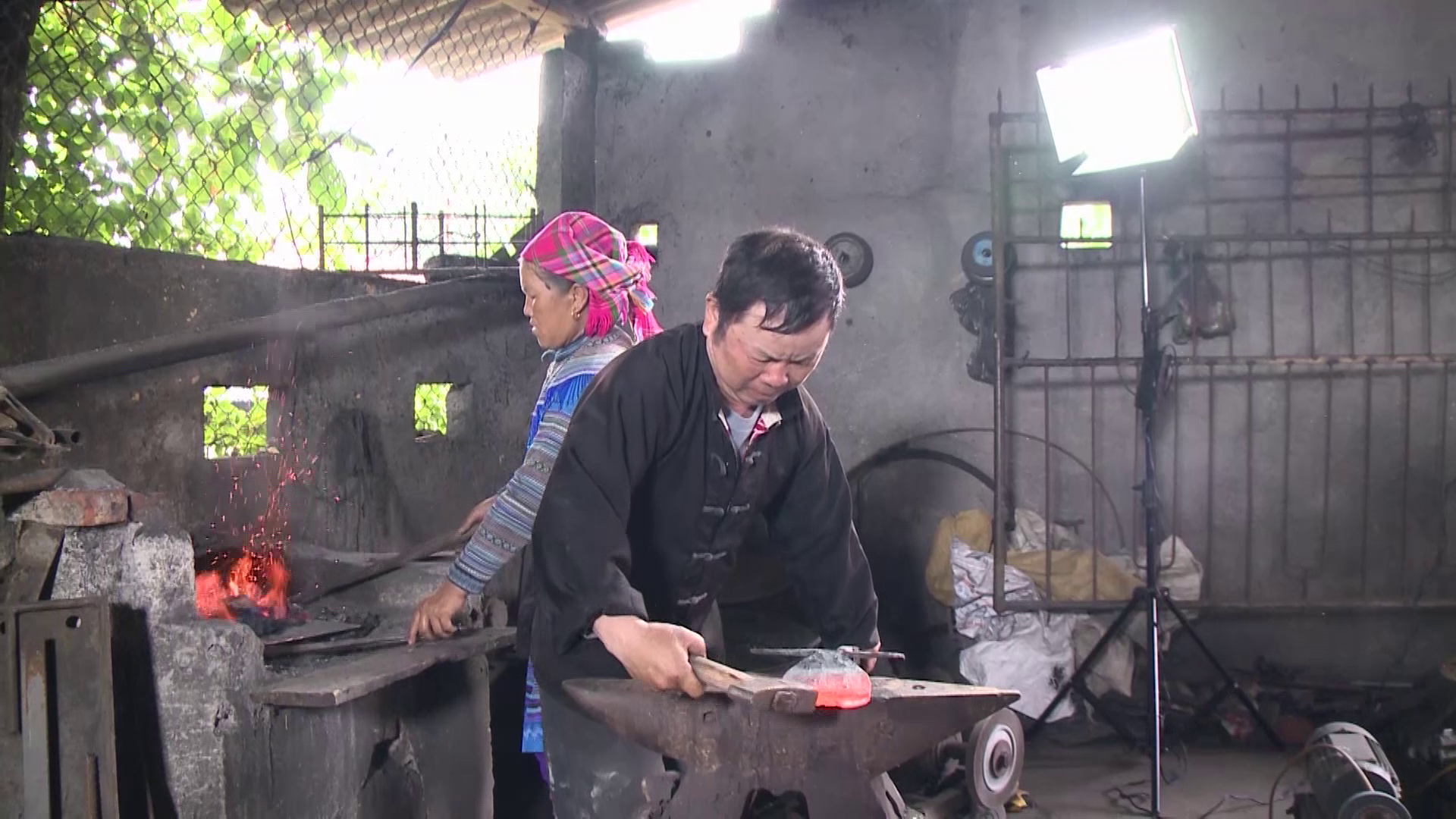
![[UPDATE] April 30th parade rehearsal on Le Duan street in front of Independence Palace](https://vstatic.vietnam.vn/vietnam/resource/IMAGE/2025/4/18/8f2604c6bc5648d4b918bd6867d08396)
![[Photo] Prime Minister Pham Minh Chinh receives Mr. Jefferey Perlman, CEO of Warburg Pincus Group (USA)](https://vstatic.vietnam.vn/vietnam/resource/IMAGE/2025/4/18/c37781eeb50342f09d8fe6841db2426c)
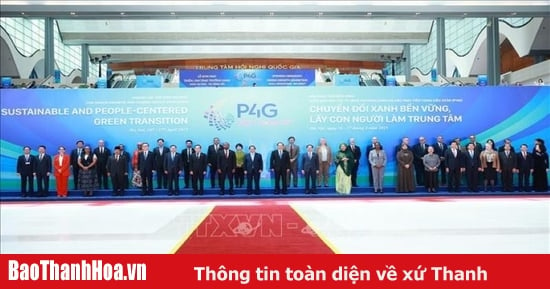
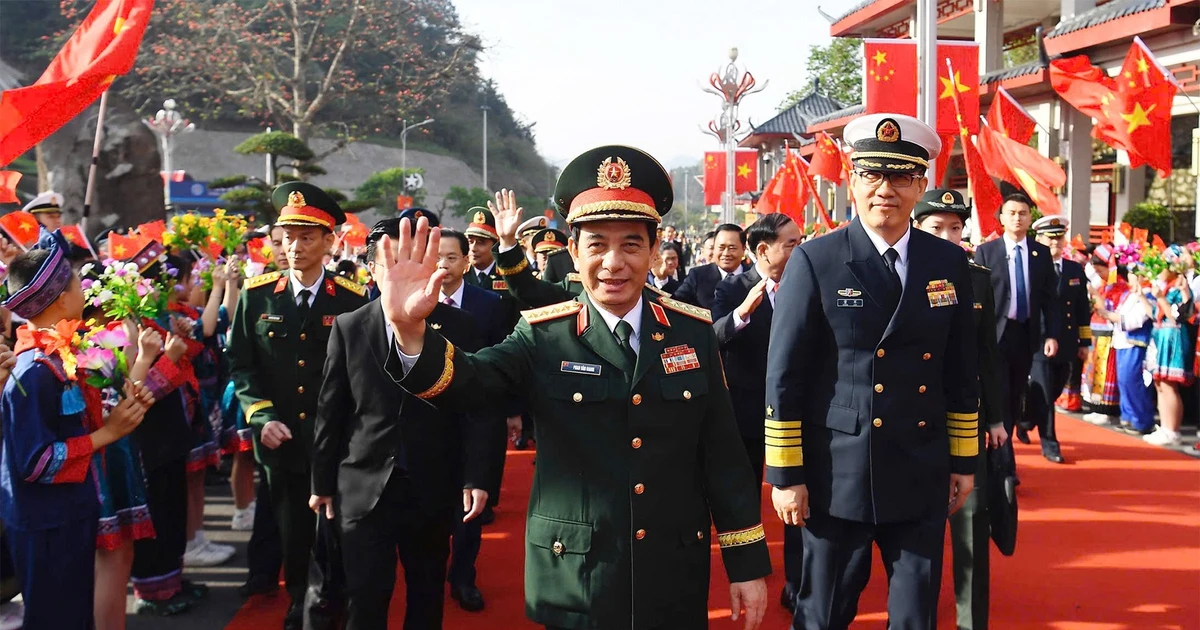


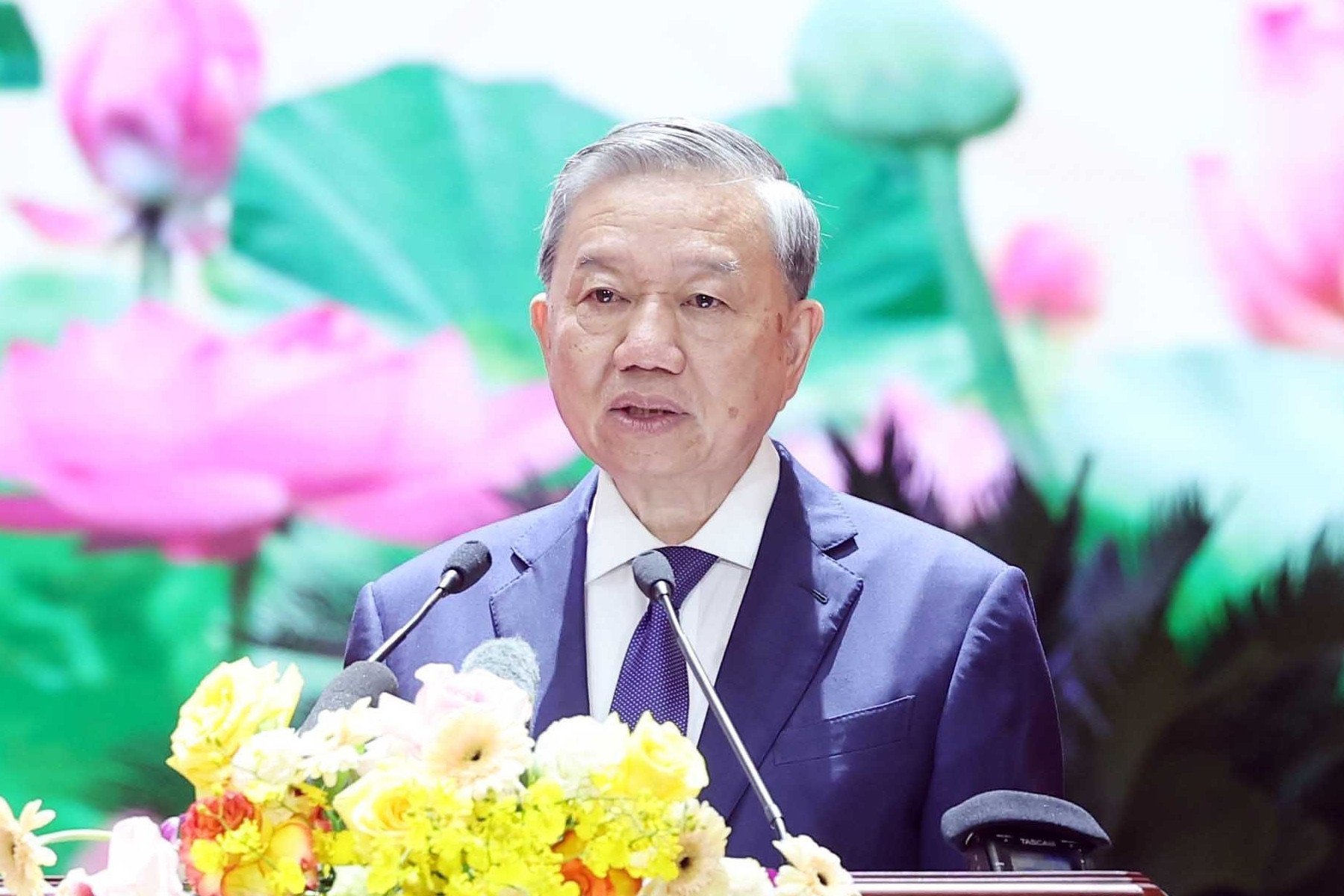

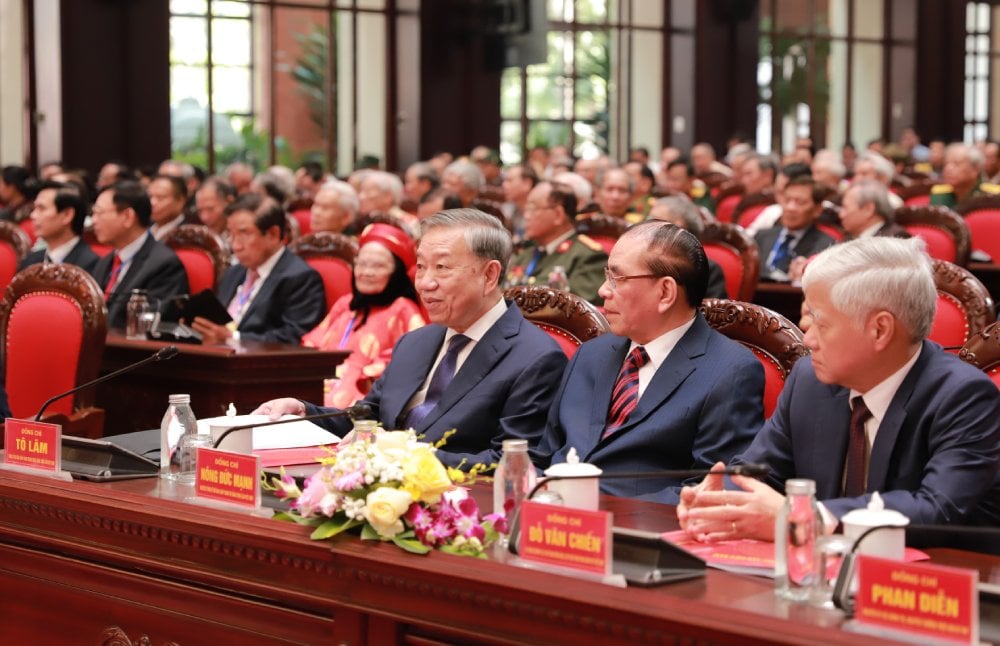

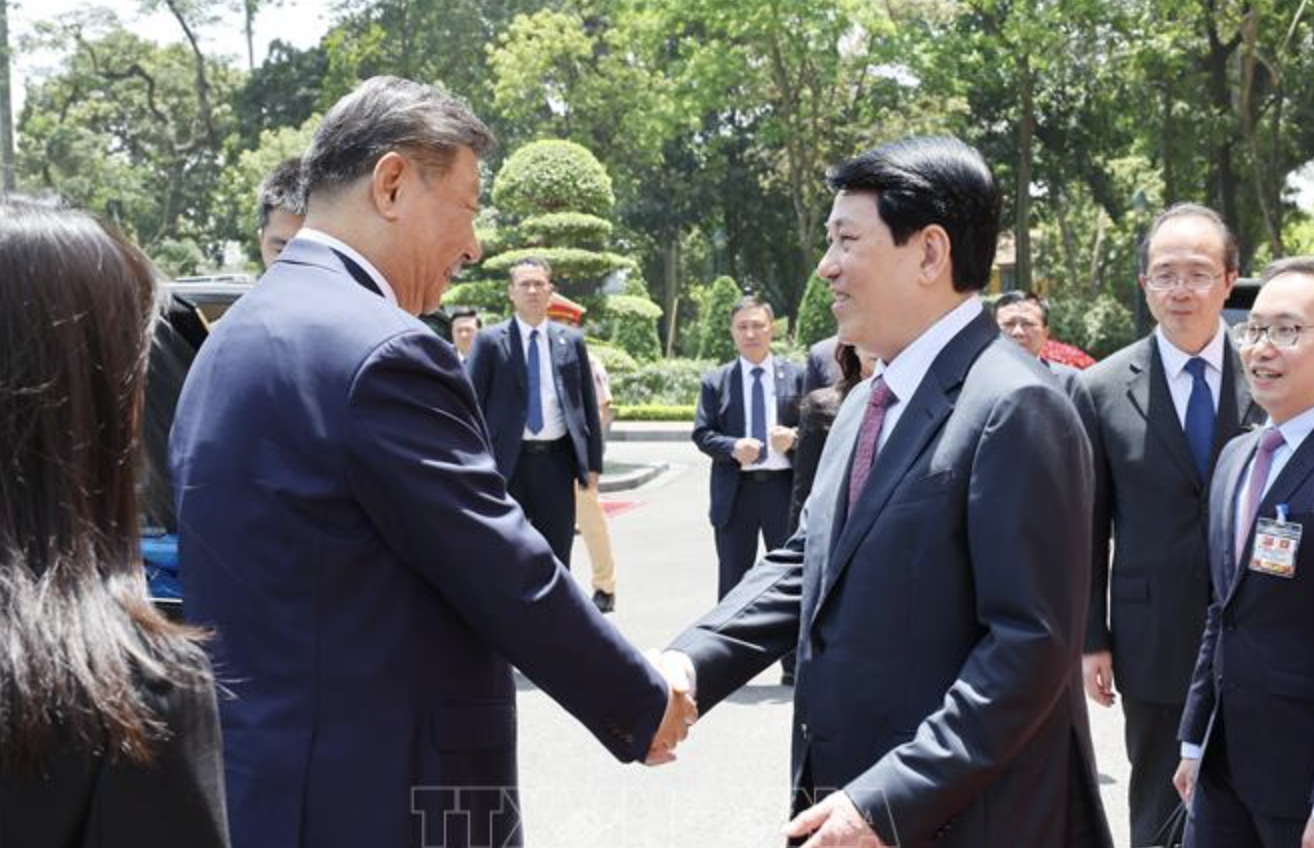

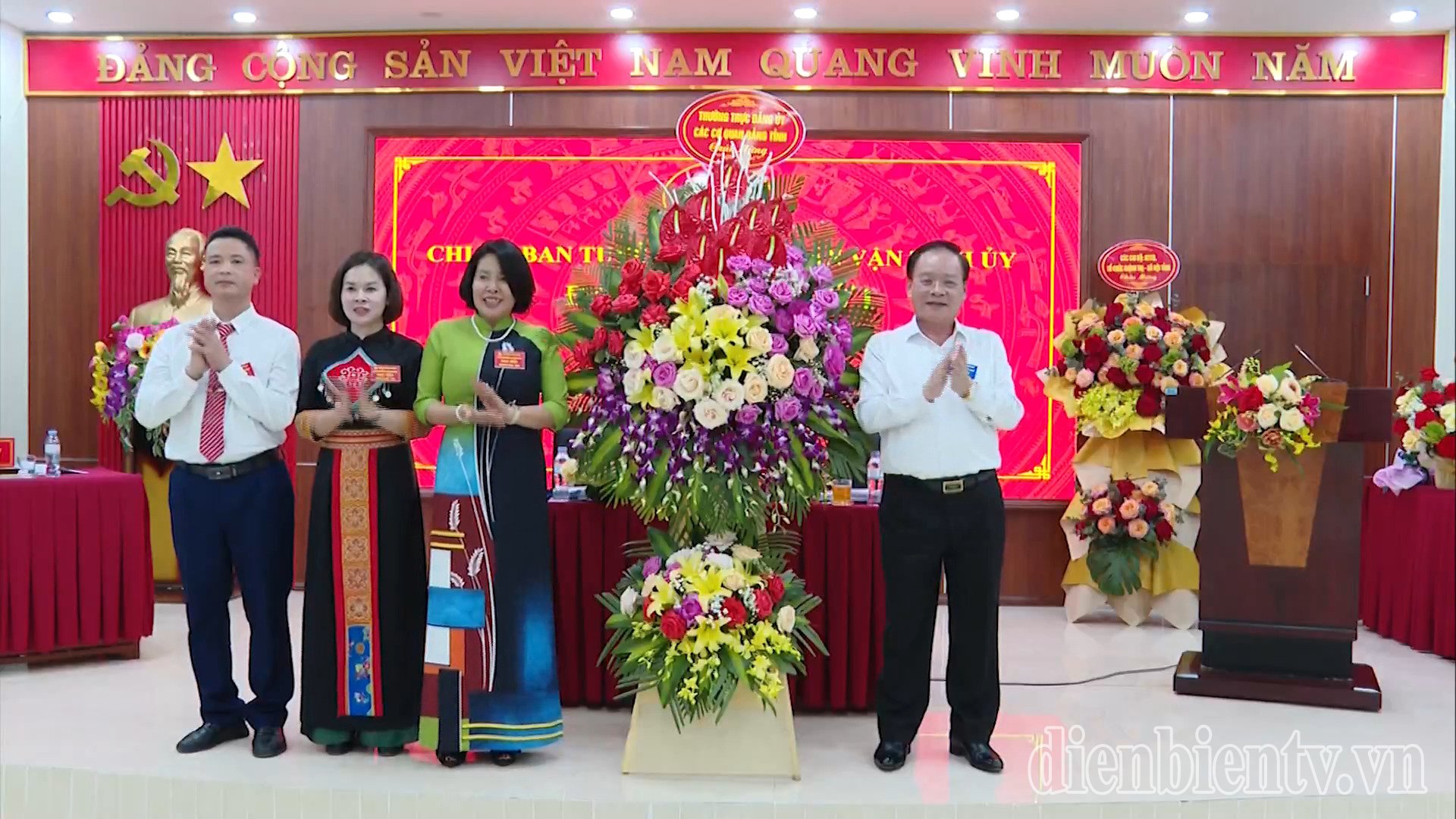

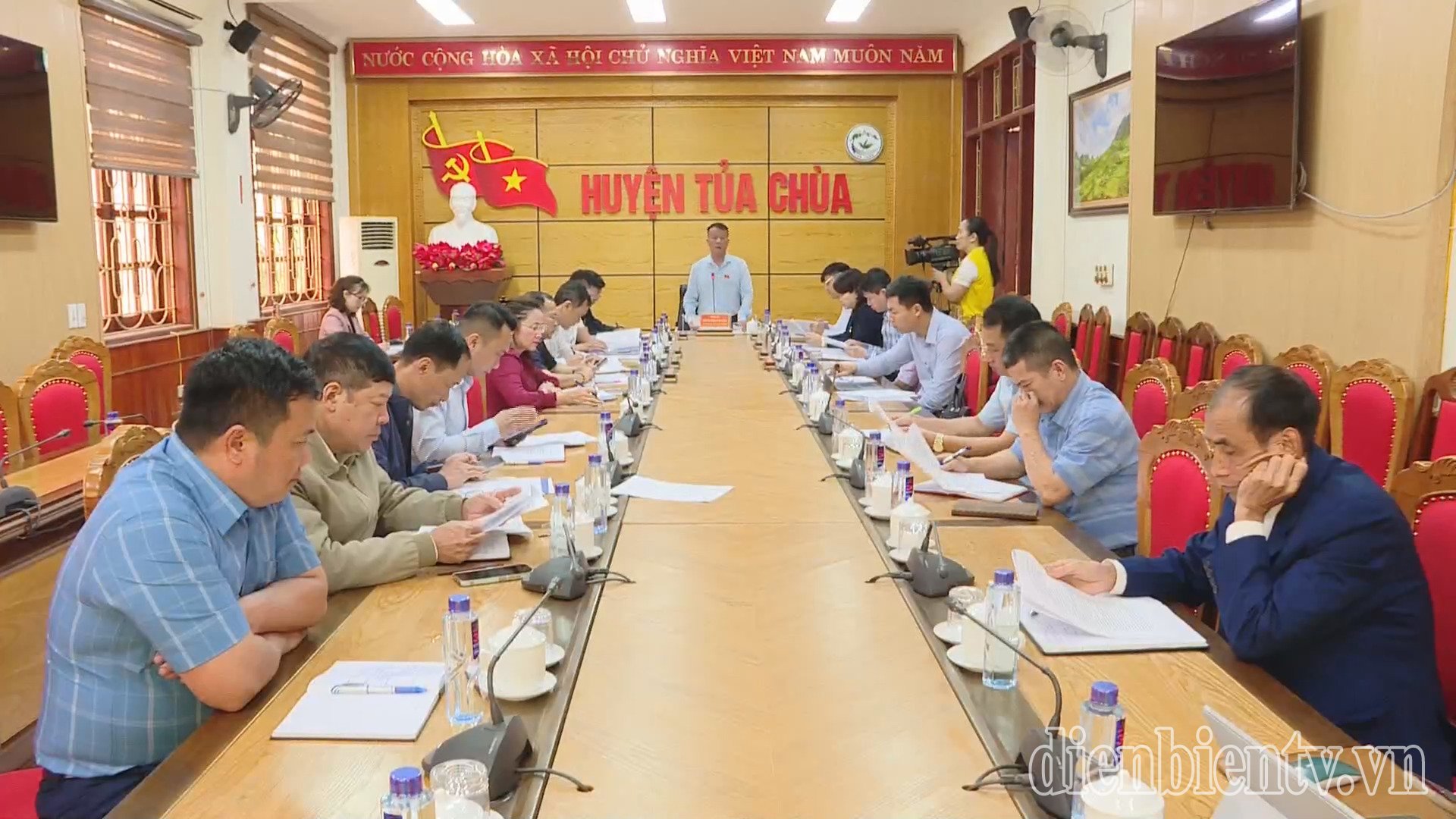
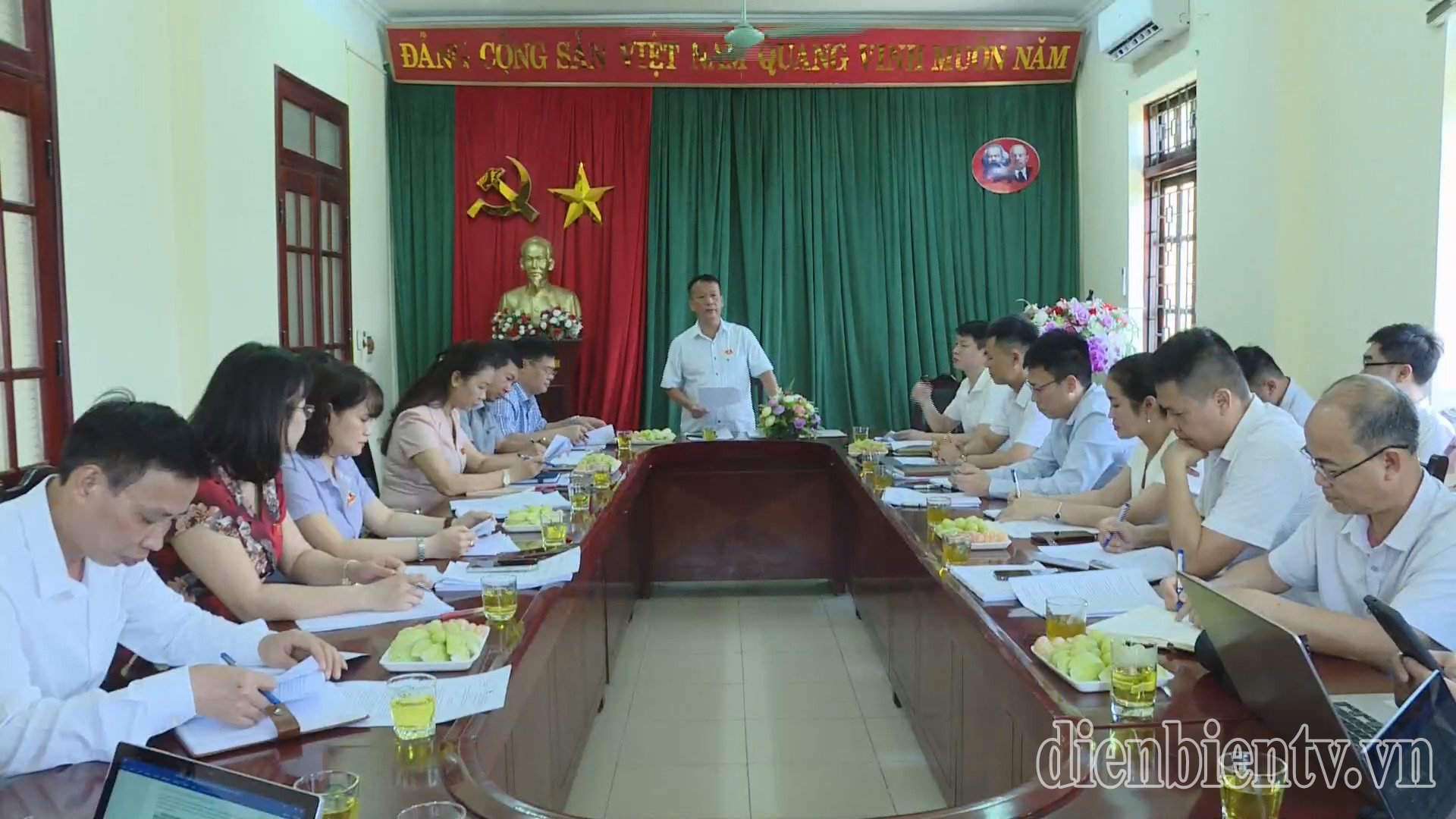
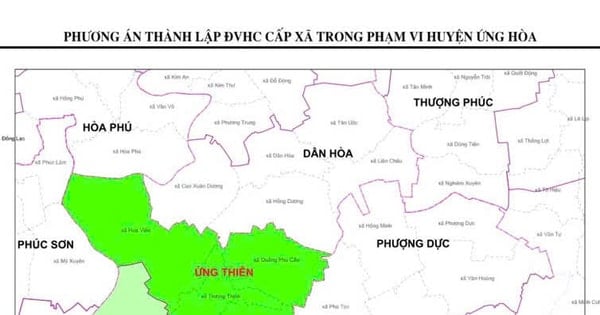
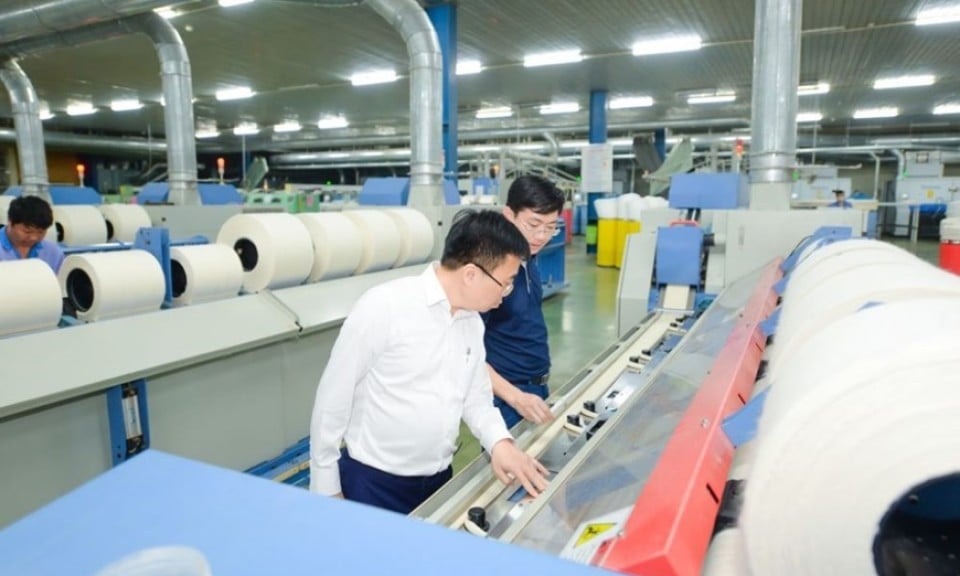




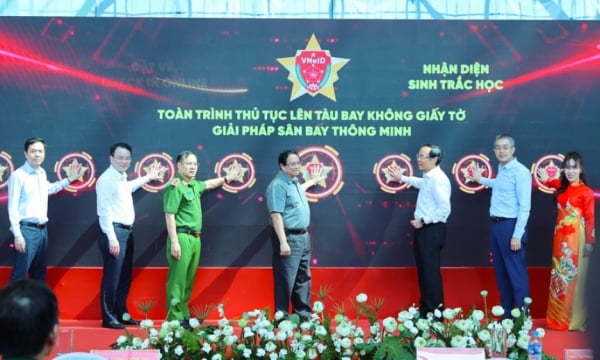


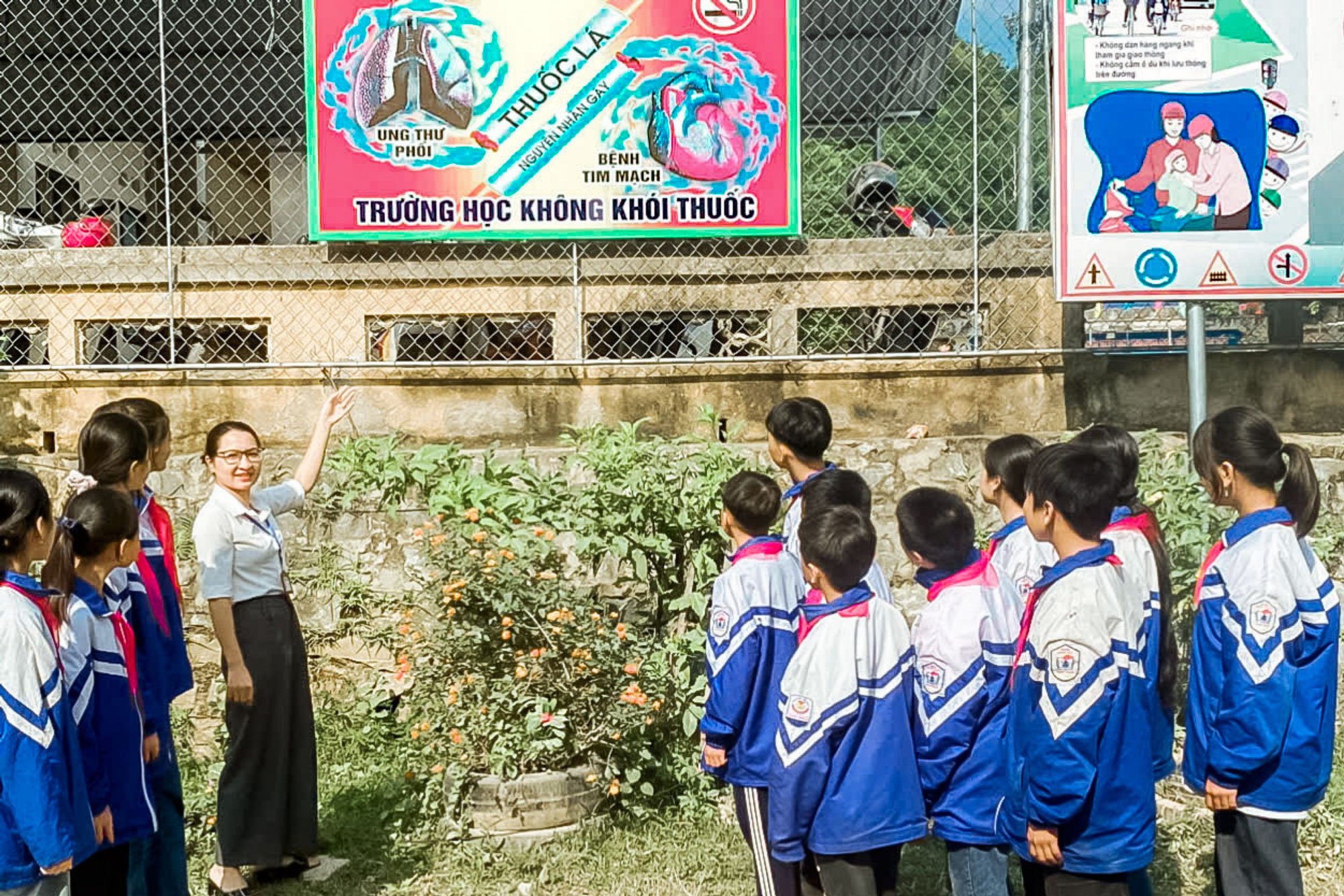
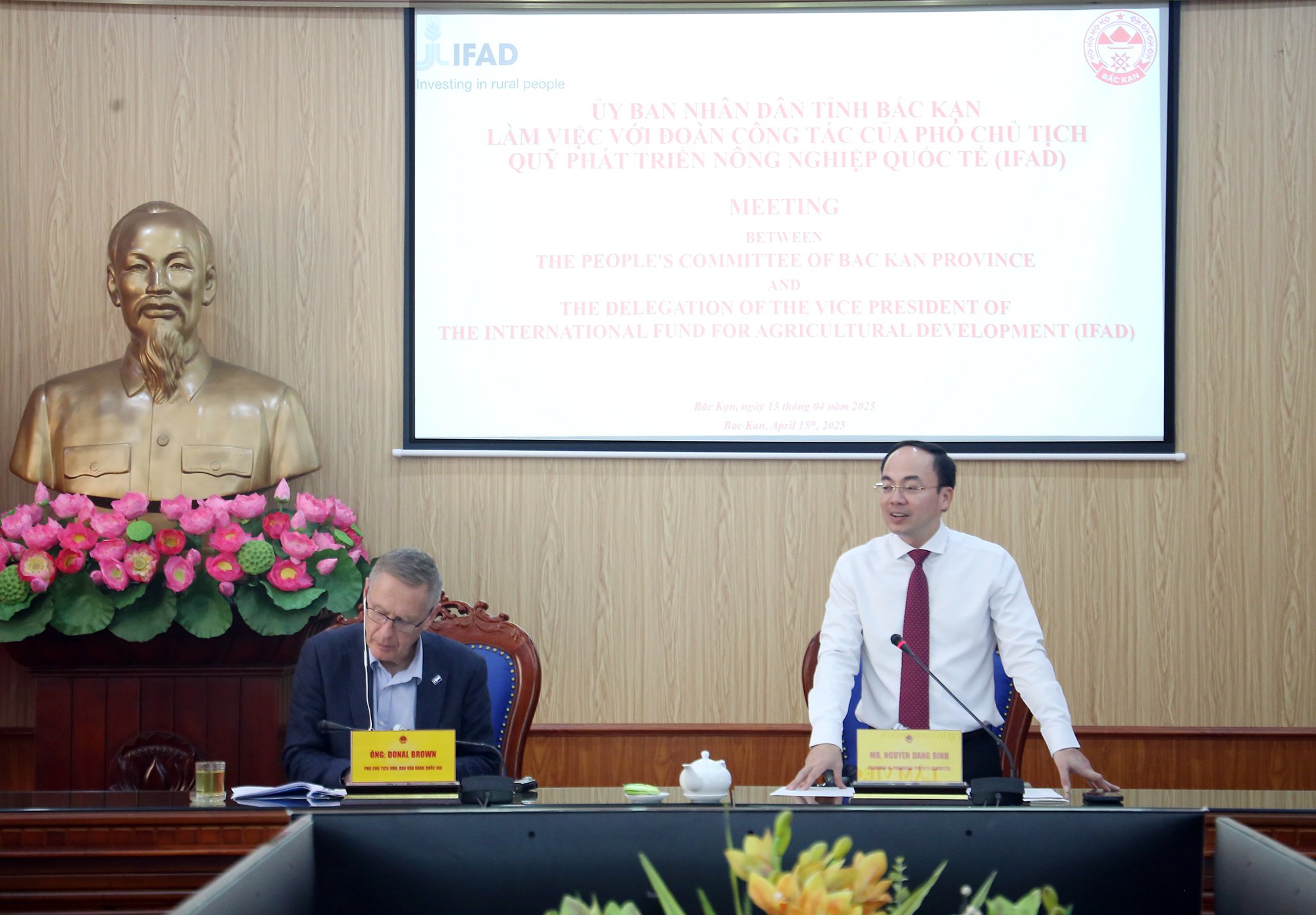
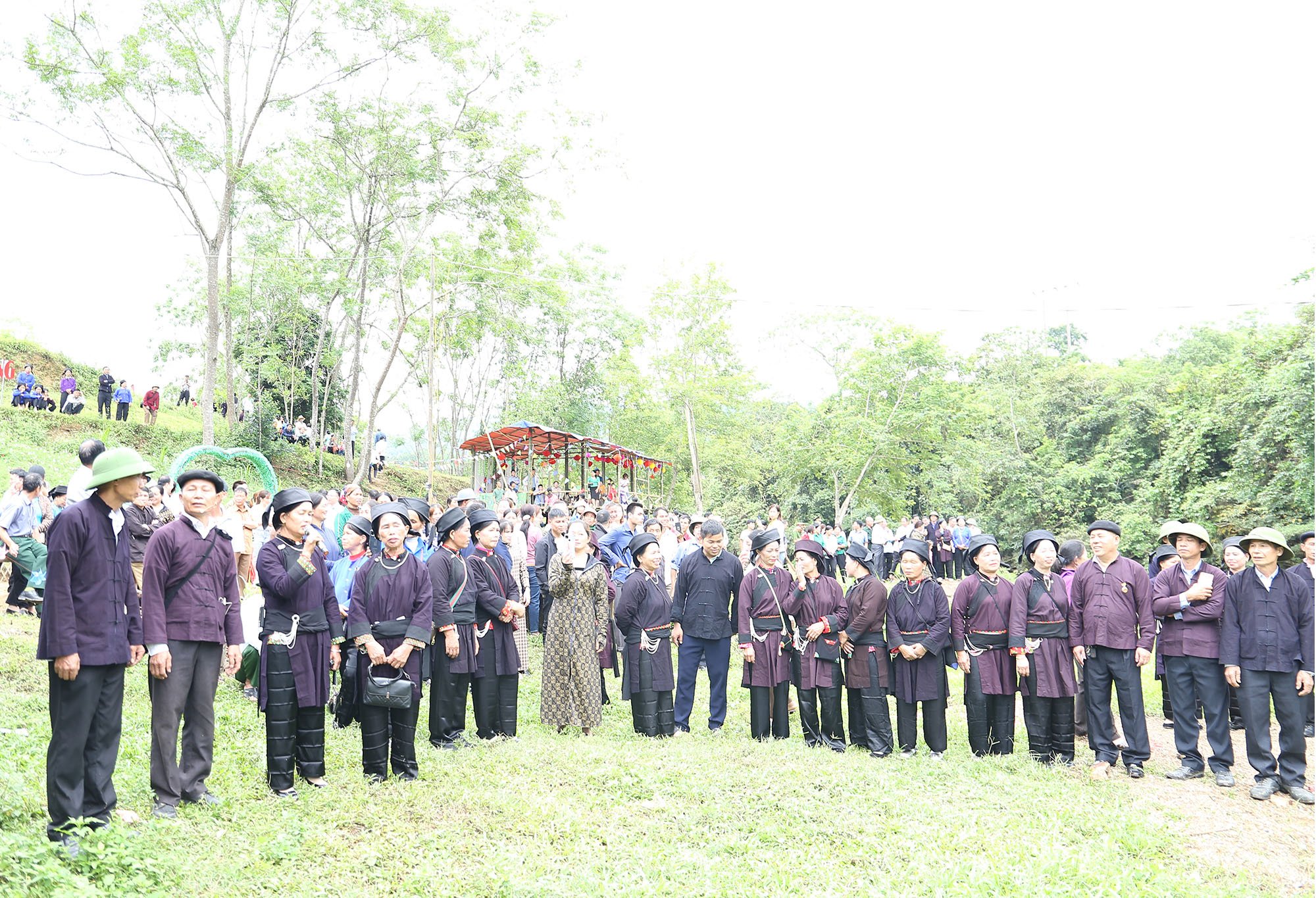


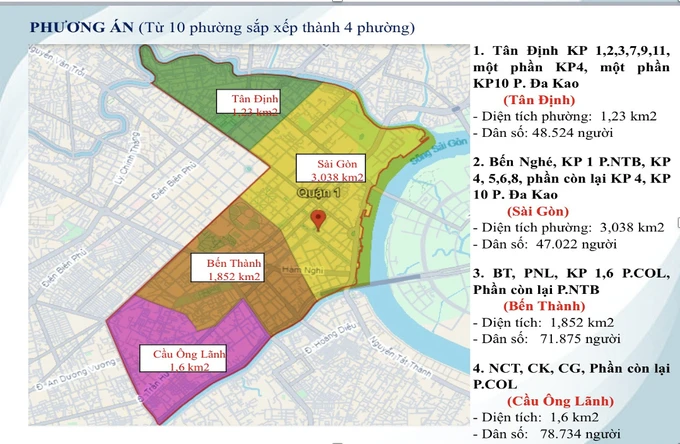





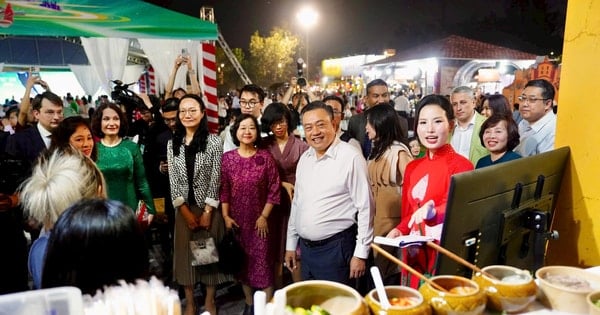

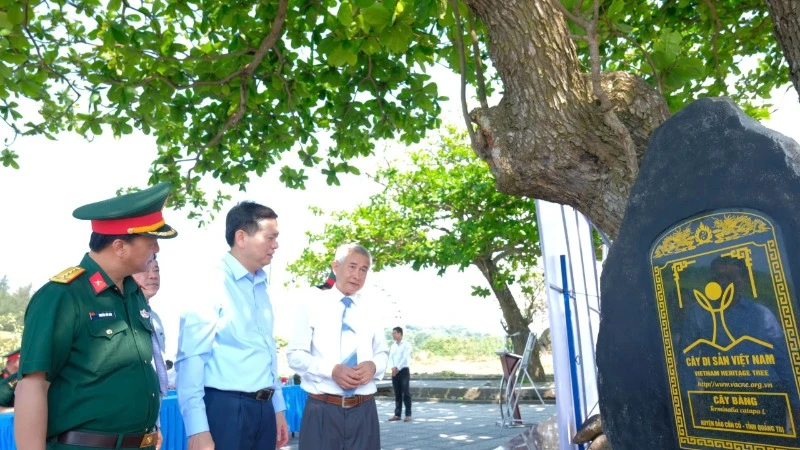













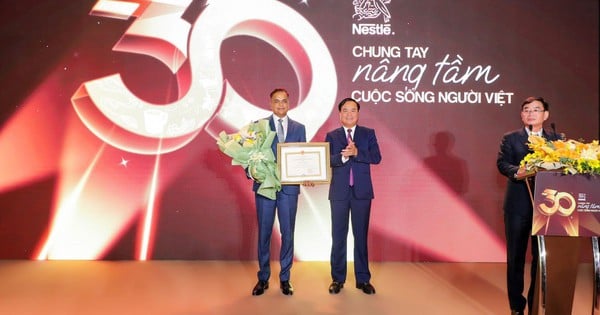
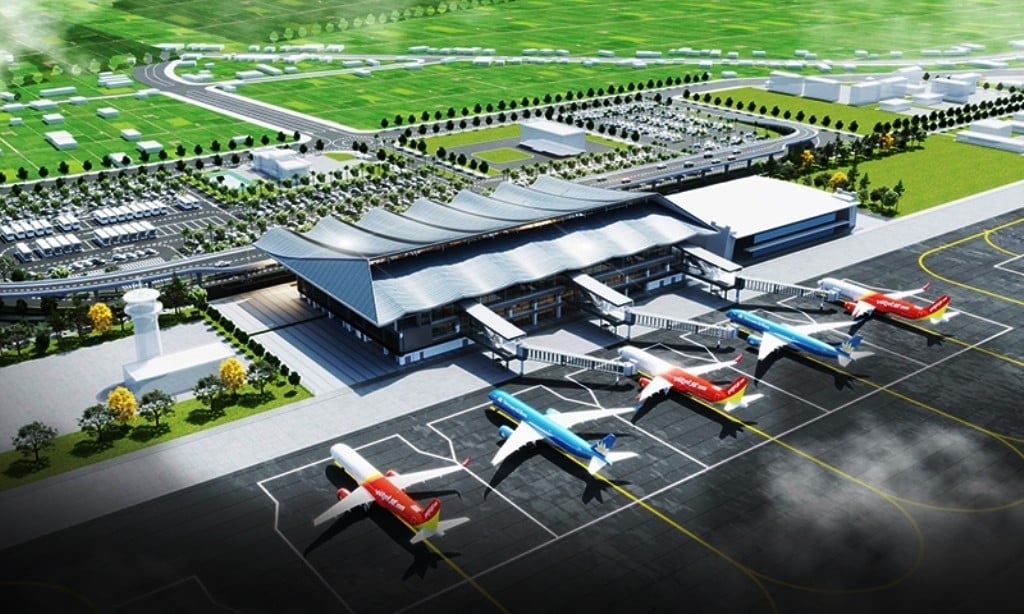
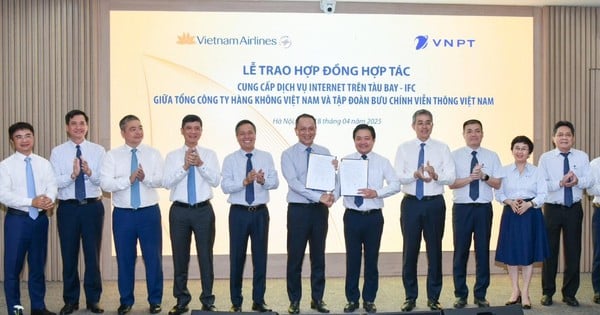
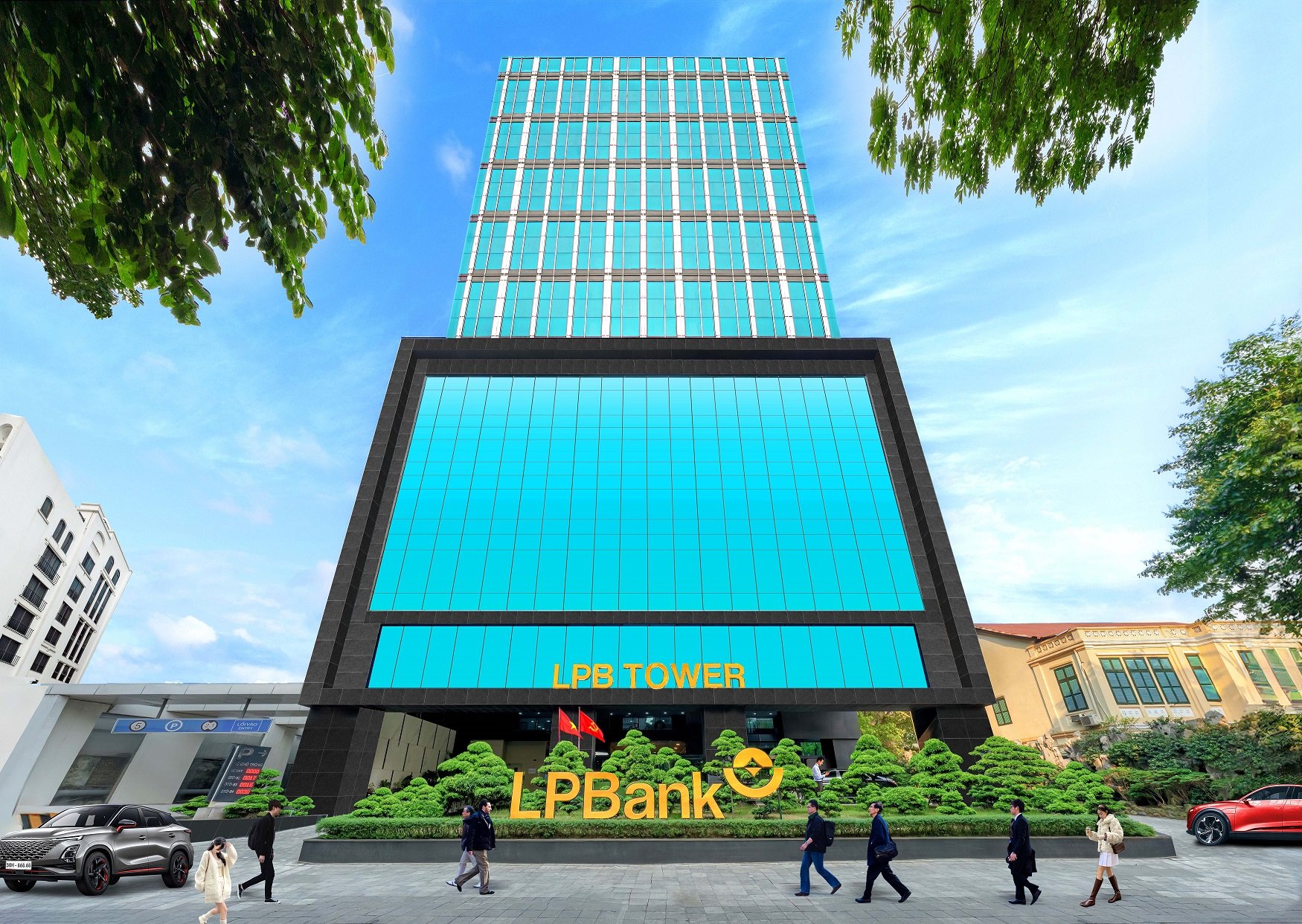

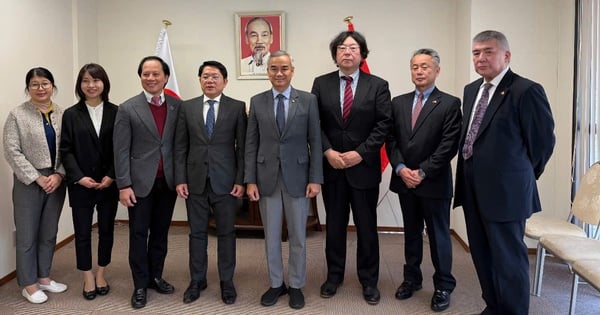




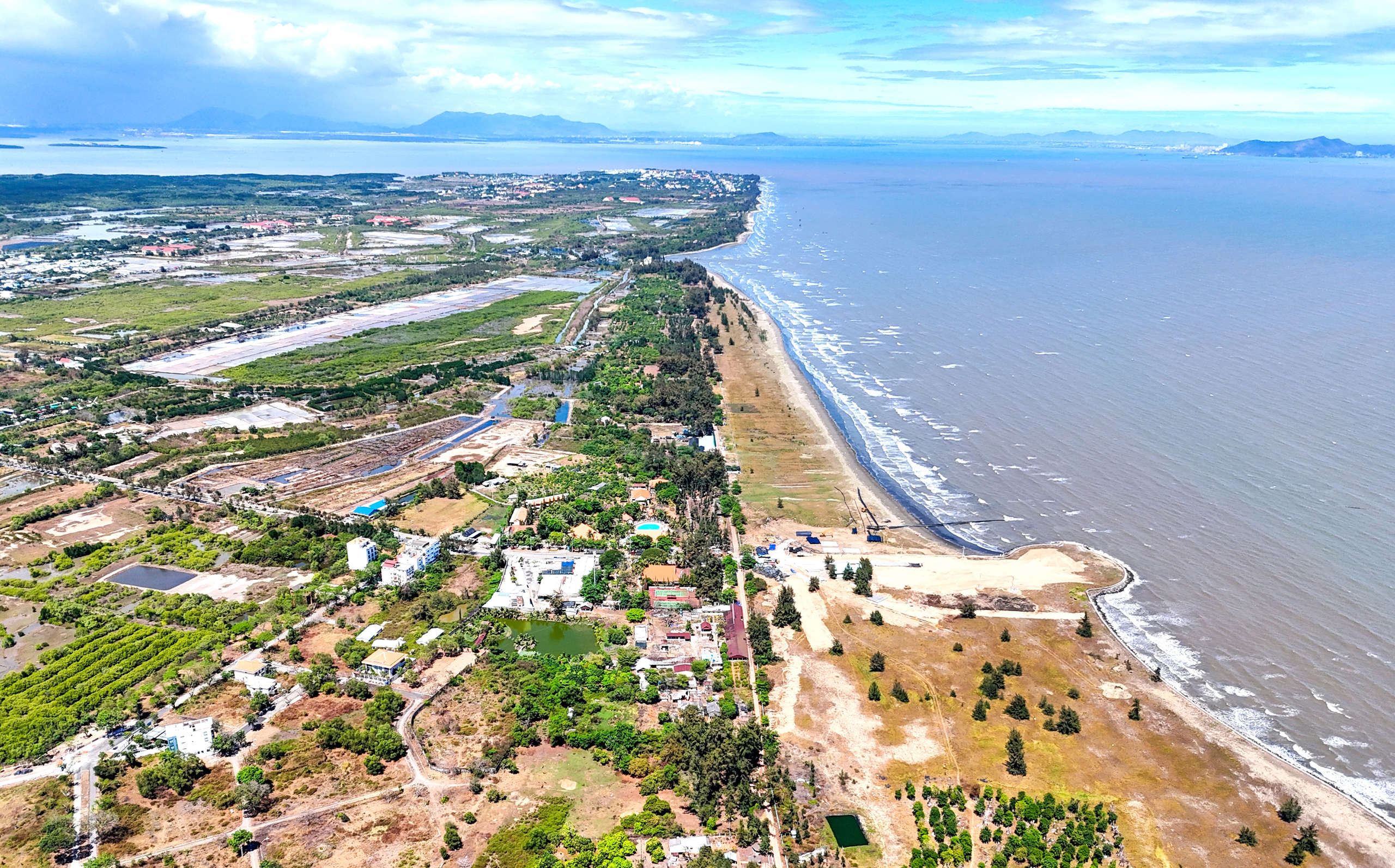

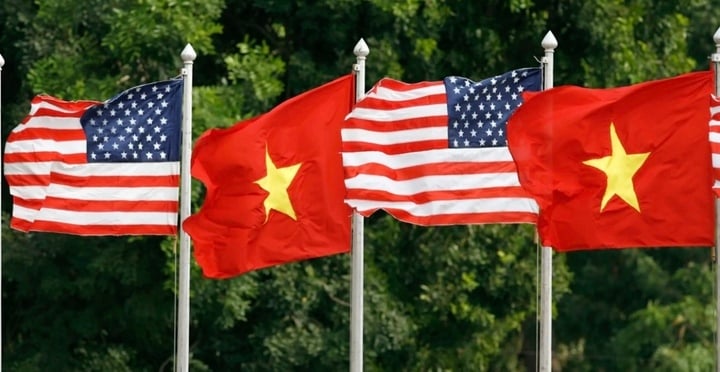

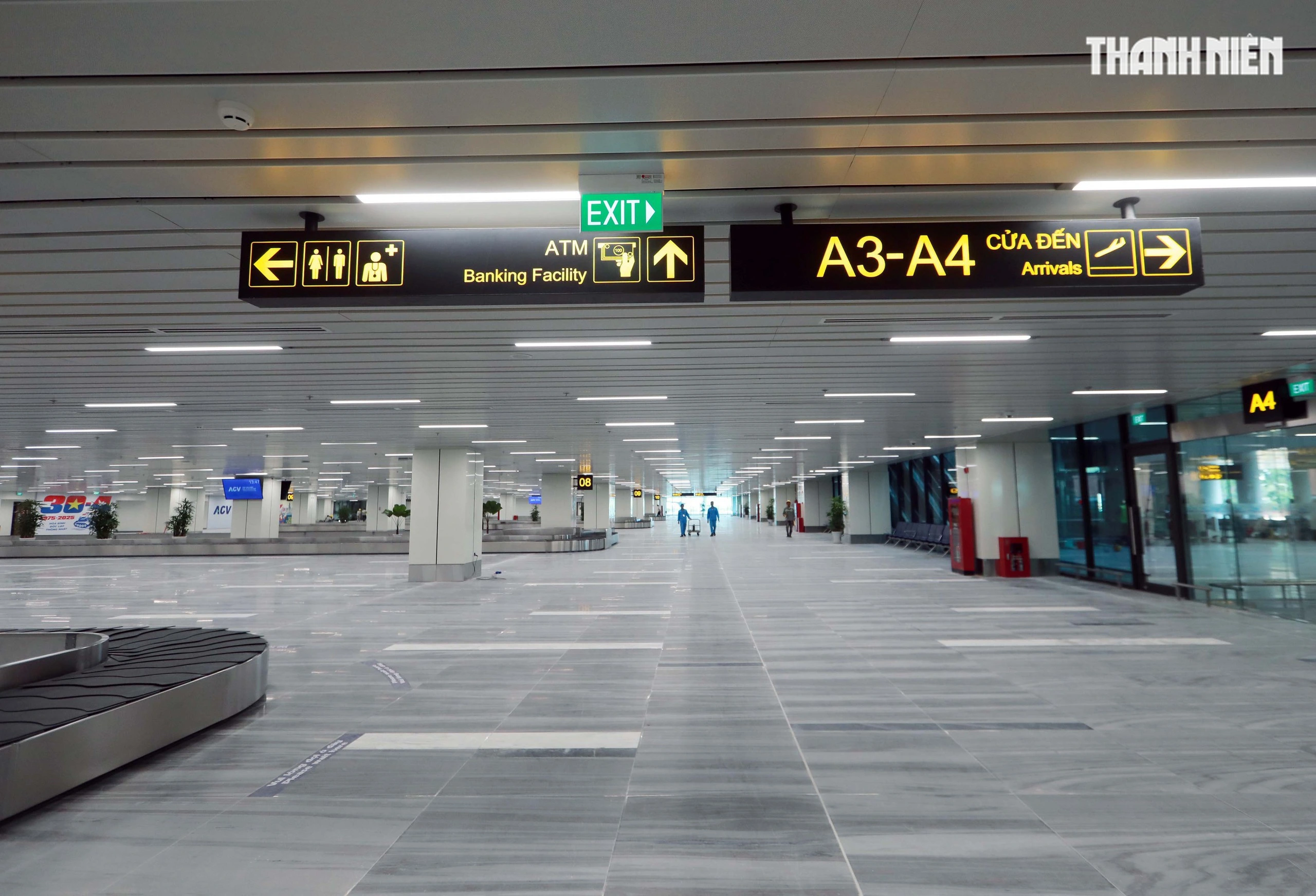
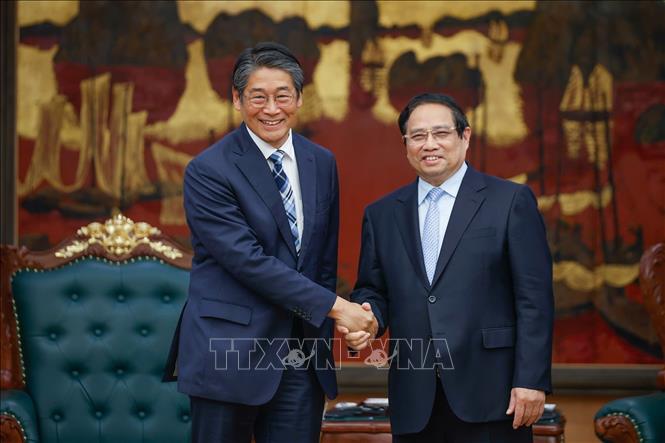
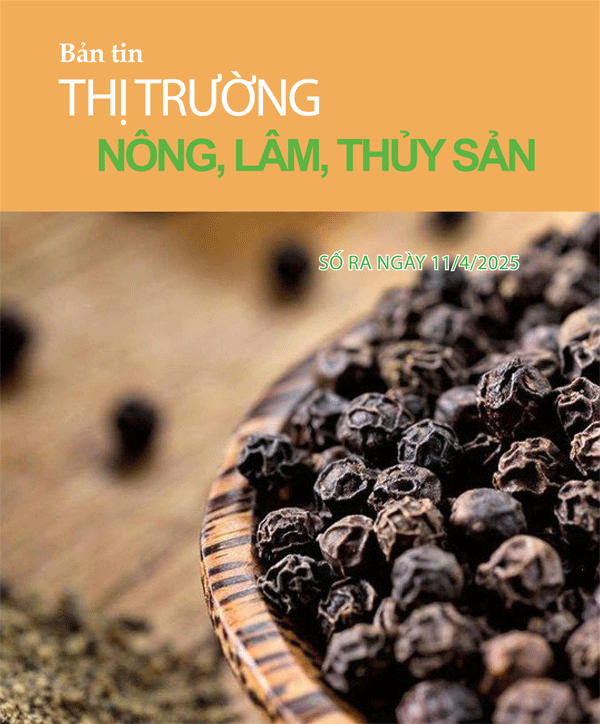



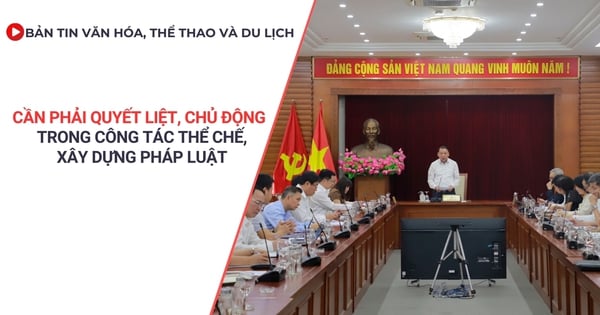
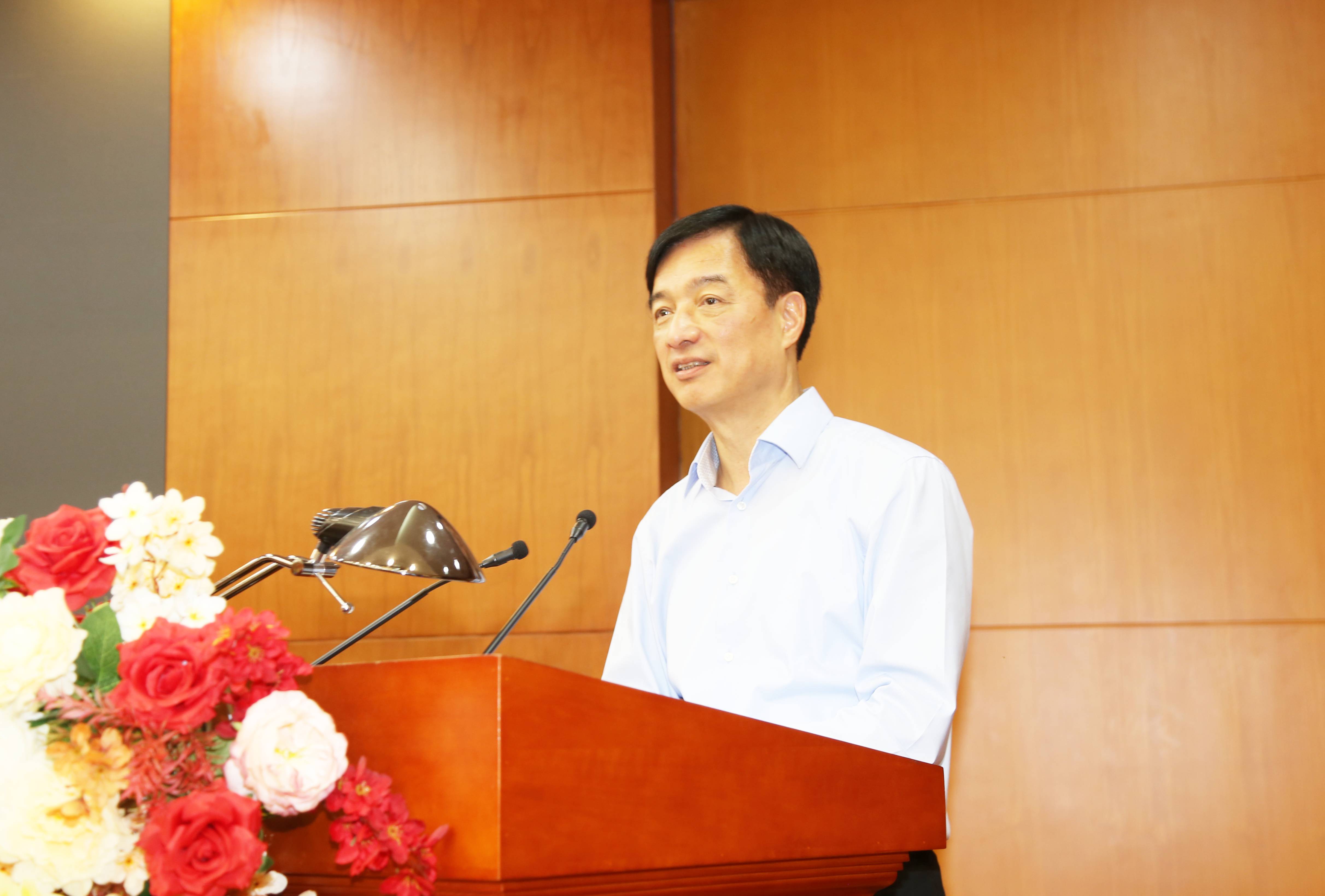

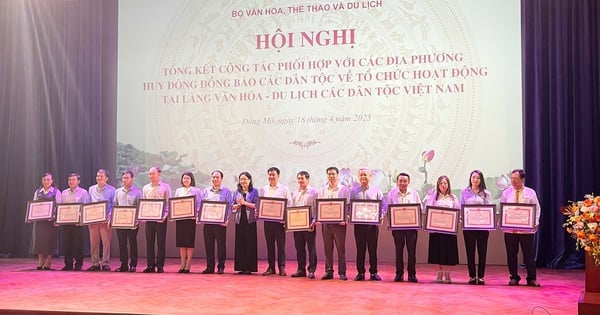
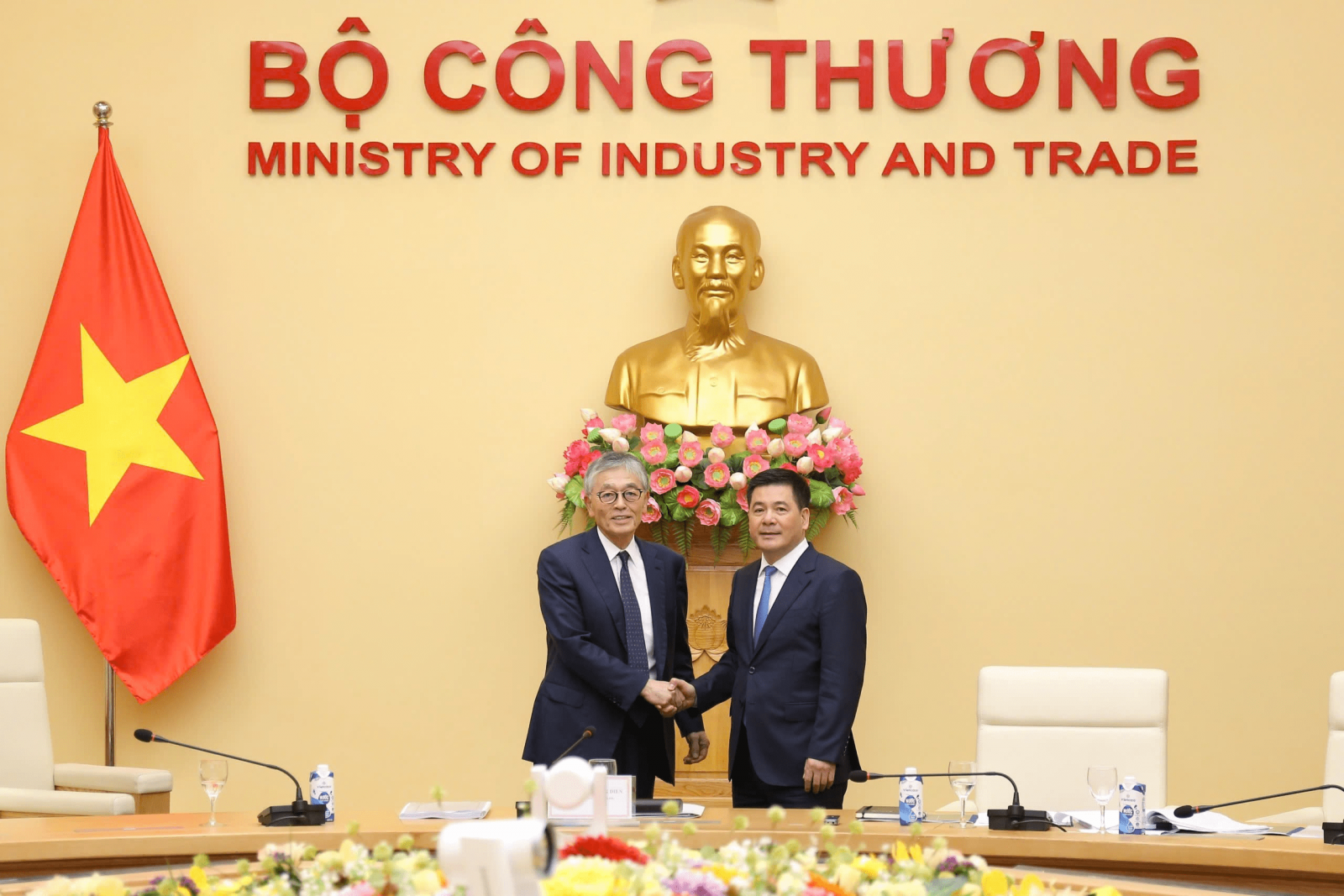
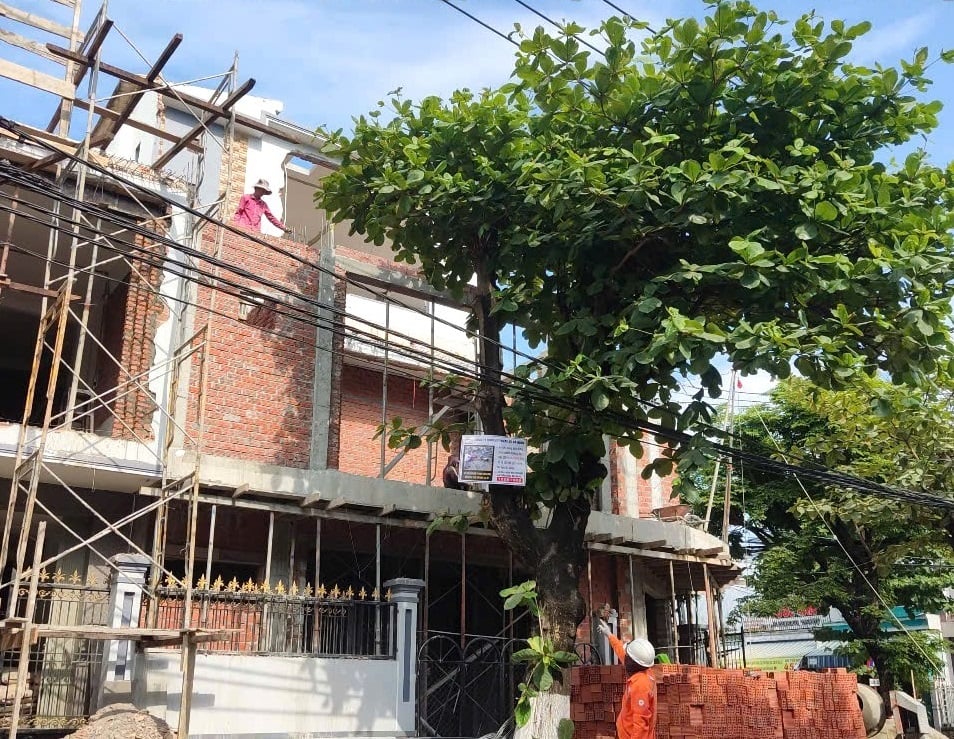

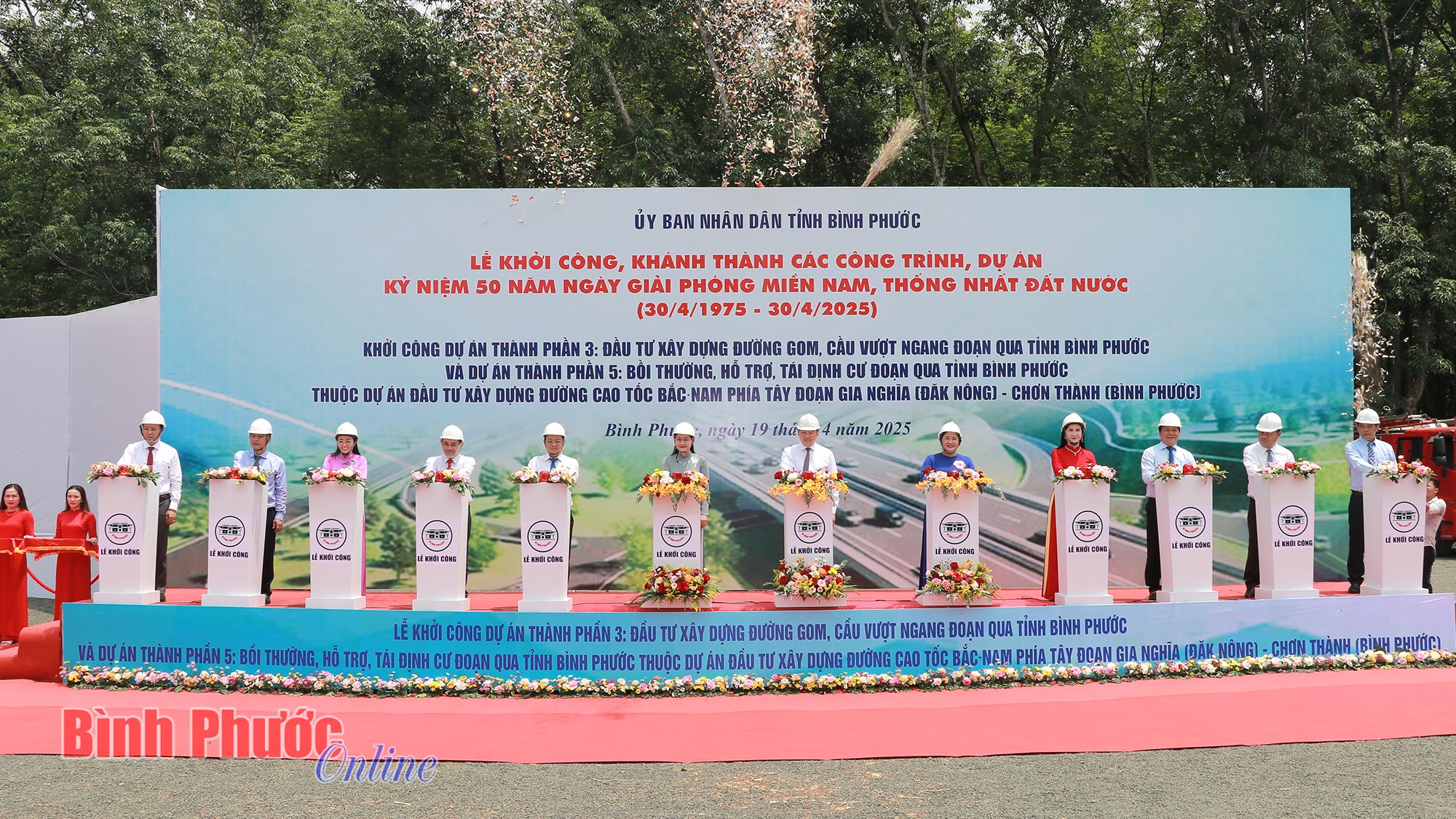




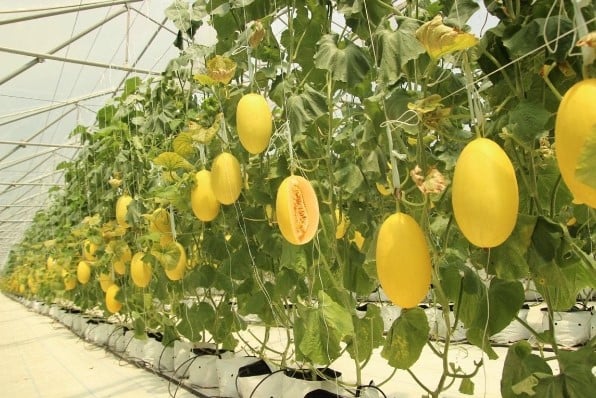
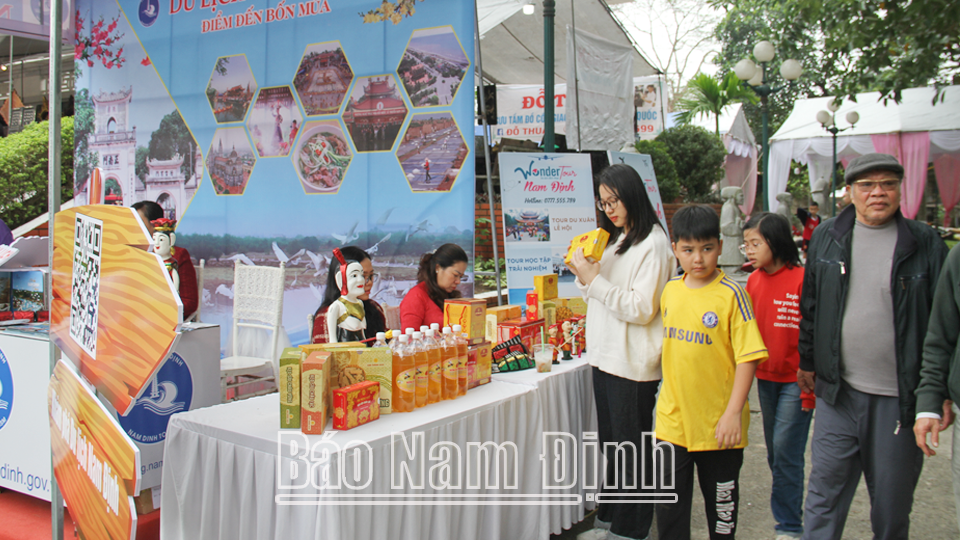


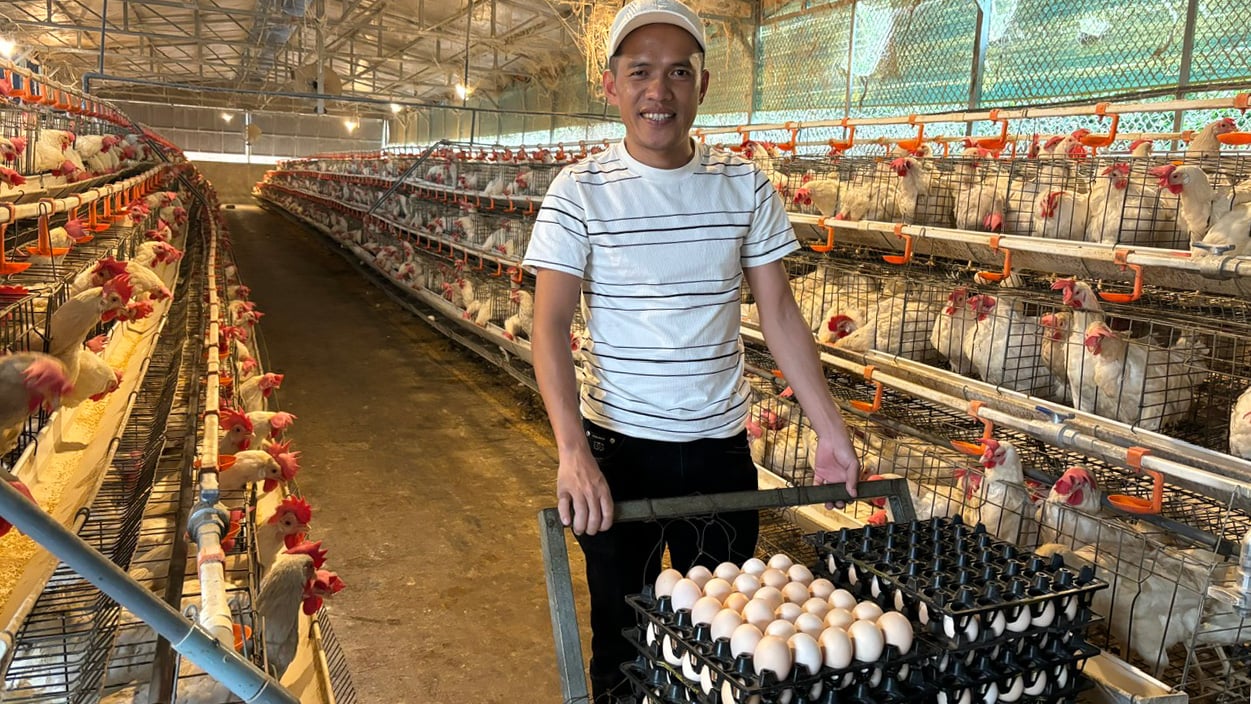

Comment (0)